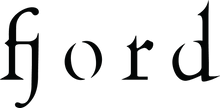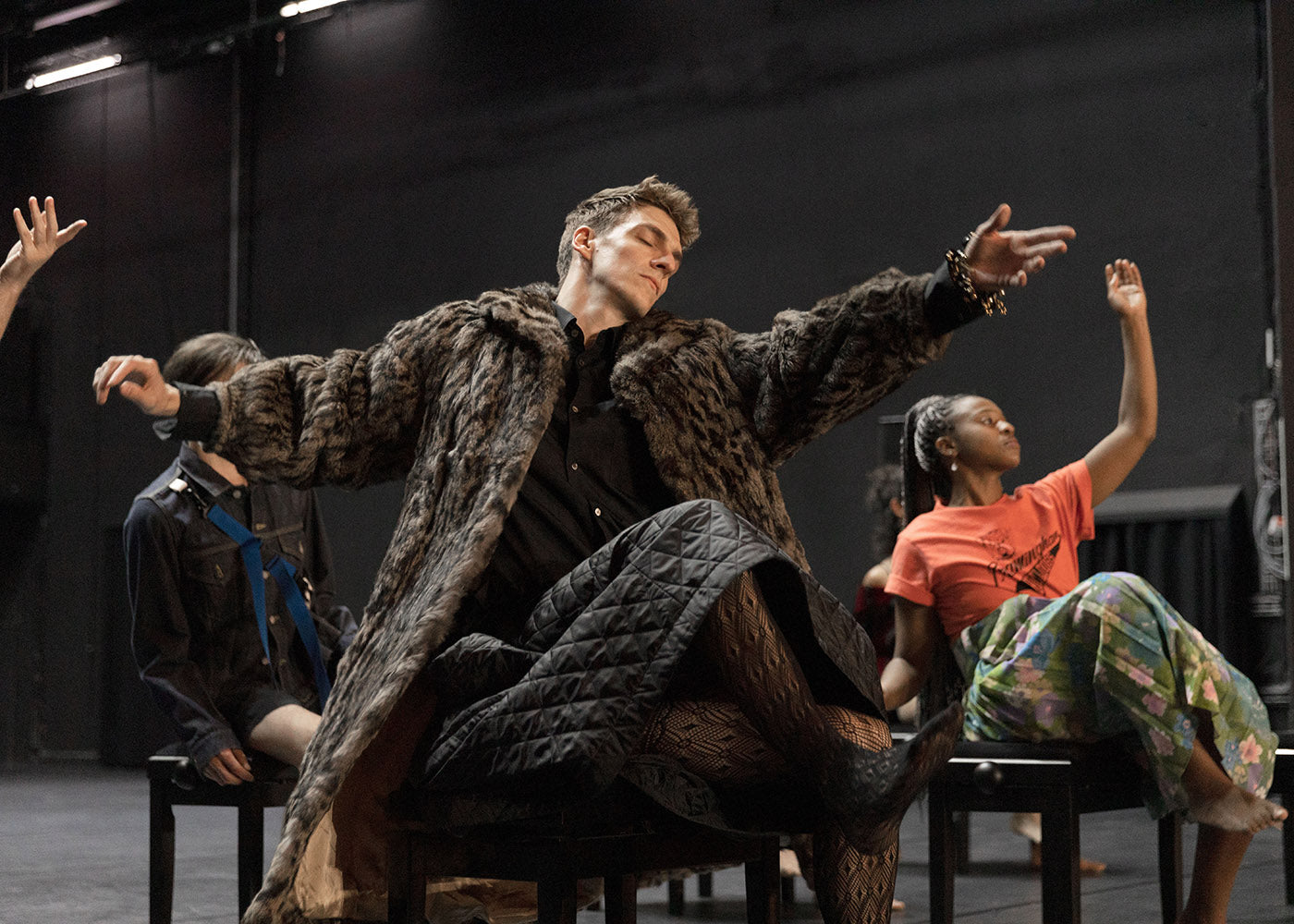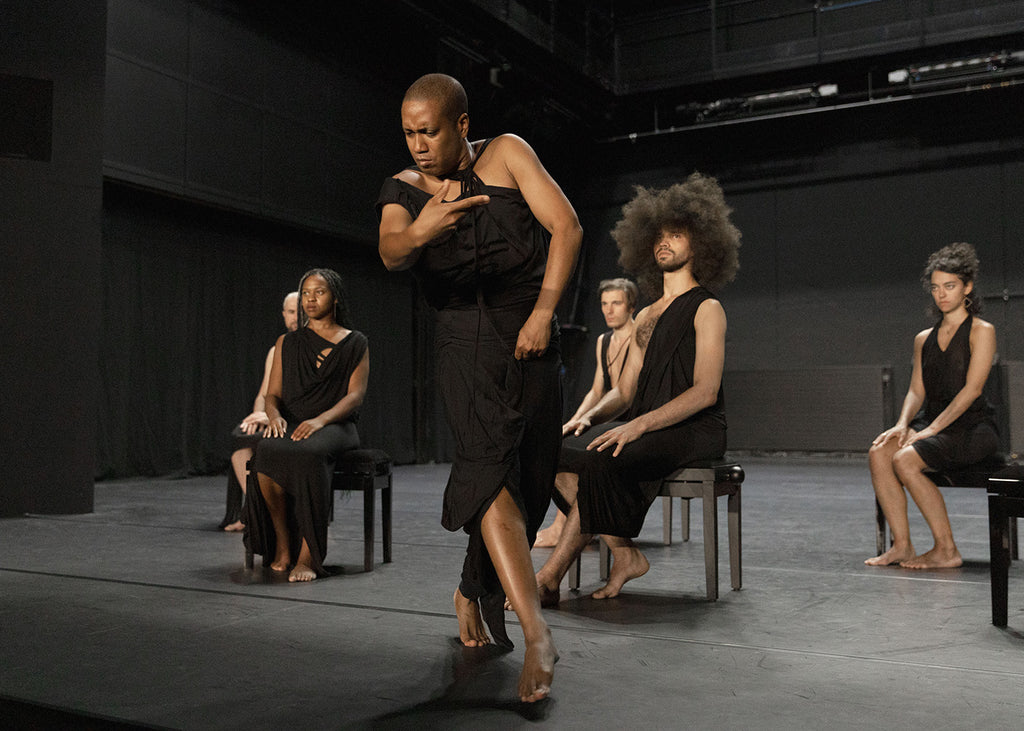Alongside works in his repertory such as the “Twenty Looks or Paris is Burning at the Judson Church” project (2009-2017), “Caen Amour” (2016) and “The Romeo” (2023), “The Köln Concert” (2020) is often performed on tour, and is soon to receive its UK premiere at Sadler’s Wells East, April 4-5. This year, 2025, marks the 50th anniversary of jazz pianist Keith Jarrett’s legendary Cologne Opera performance and subsequent live album, which inspired Harrell to make the dance. The piece also features the songs of Joni Mitchell.
Before his arrival in London, Fjord spoke to Harrell on Zoom about “The Köln Concert,” his practice and where he’d like to take his work from here.
Hi Trajal. Are you looking forward to coming to London?
Yes, it’s a great audience in London.
Has being based in Europe for a while now impacted you and your work in any way?
It’s more about the structures I’ve worked in. Many of my latest pieces came out of the German state-theatre system; I was at the Schauspielhaus [in Zürich, as in-house director] for five years, and at the Munich Kammerspiele for two to three years before that. You have enormous resources and this facilitates a specific way of working and a different support system. Of course the work itself has a lot of influence from America, my growing up and studying there. But my company has had most of its touring and support in Europe, so, yes, there's a way in which I’ve grown comfortable here, though the structure of support is always changing. It’s not static.
How do you approach presenting a work like “The Köln Concert,” which you’ve performed numerous times, for the many different spaces on a busy tour?
We work on the performativity, so that we're present with each audience. An important aspect of my work is “togetherness,” a sense that this event will only happen tonight. I'm there at the beginning when the audience comes in. I see them. The audience in Barcelona will be different to the one in London, and that gives us something: to be there, to be present with them.
You’re on the artistic faculty of the Rose Choreographic School based at Sadler’s Wells East. What are your thoughts on the premise of the school—an “experimental research project?” There's a synergy perhaps with your own practice, in terms of the investigations you’ve pursued in your work.
I like the idea a lot. I think Martin Hargreaves [head of choreographic school] is doing a fantastic job. I'm excited to get started. I’ll meet some of the cohort for the first time before our show.
Do you think giving young choreographers the opportunity to develop their ideas without some of the pressures of funding and performance is a good way forward?
I don't think there's one way. I think what's interesting about what the school is doing is they're offering a programme that can respond to choreographers’ needs. It's artist-centric. That's an excellent way to work. Your practice is your practice, and to go deep into that you need to be very specific.
I was lucky in that when I came up in New York, we didn't have a lot of eyes on us. I wasn’t touring and we were able to experiment. I didn't have the pressure of making pieces and institutions. You had one gig a year and you worked on your piece, then you did your four nights, then started again. Something about that was very good for me. I got to fail a lot, and try things without the pressure of the market apparatus. But I know people who’ve had very different trajectories, or who went to P.A.R.T.S. and got out of school and did immediate tours and co-productions, and they were fine too. There's no right way. You just have to stay attuned to your own needs, and hopefully you have people around you who can give you good feedback as you go along.











comments